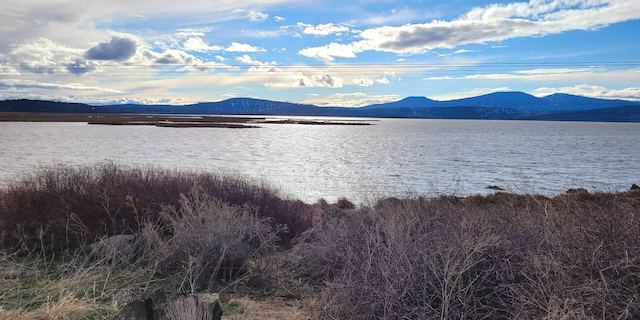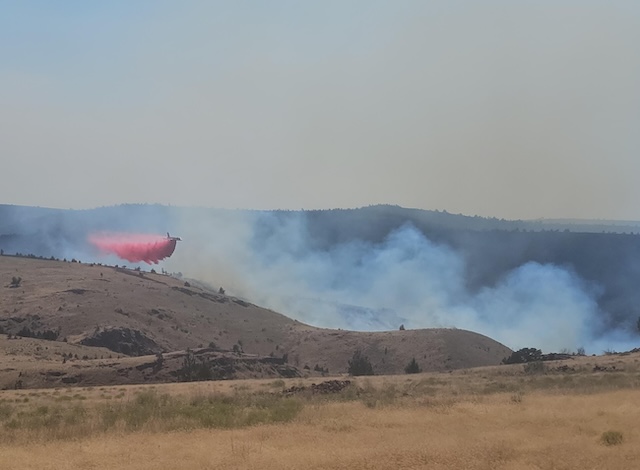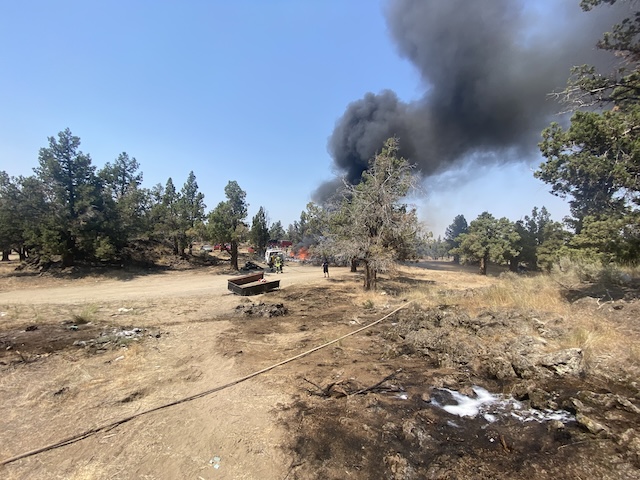Reclamation confirms adequate water for Klamath Basin
Published 4:51 pm Wednesday, April 23, 2025

- The Klamath Water Users Association is urging the U.S. Bureau of Reclamation to go through the necessary processes to modify its current water rules, which are controlled by Endangered Species Act biological opinions. (Courtesy photo, KWUA)
The U.S. Bureau of Reclamation has confirmed that water supplies will be sufficient to meet the anticipated irrigation demand for the Klamath Basin this year.
The April 21 announcement came as no surprise but drew a mixed reaction from Klamath Water Users Association officials, who said the agency was using unrealistic rules that are devastating in all but very wet years.
Agency announcement
Reclamation’s initial water supply allocations are based on modeled estimates of water available for irrigation delivery and incorporate current reservoir storage, precipitation, and snowpack, as well as projected inflow forecasts.
Trending
“After eight years of dry hydrologic conditions and regulatory challenges, the Klamath Project water users are poised to have a full and successful water year,” said Reclamation Acting Regional Director Adam Nickels, in a news release.
“We are experiencing the wettest hydrologic conditions since 2017, and an extremely positive start to the 2025 irrigation season,” he added.
KWUA response
Scott Seus, KWUA president, said in a statement that there should be no question about adequate irrigation water this year because of the wet weather, good starting soil moisture and abundant snowpack.
“We have a unique opportunity to restart the historic ‘flow-through of water that served the needs of our ecosystem and agriculture, given the ample water that is slowly releasing from our 182% of normal snowpack,” added Seus, who farms in the Tulelake area.
“We can start to reverse the damage to our landscape that has been compromised by decades of poor water management policy,” he said.
Elizabeth Nielsen, KWUA executive director, said Reclamation is applying a water allocation plan developed in the final months of 2024.
Trending
“Reclamation probably feels like its hands are tied right now. But we will not let a good year bail out a terrible plan,” she added, in a news release.
KWUA is urging Reclamation to go through the necessary processes to modify the current rules, which are controlled by Endangered Species Act biological opinions.
“We made this point in a dozen meetings in Washington, D.C., earlier this month. We believe the administration knows there are serious problems that need to be fixed and is committed to fixes that are durable,” Nielsen said.
Seus hoped that better rules are coming that respect the needs of agriculture, the ecosystem and communities.
Project, plan background
The Klamath Project consists of approximately 240,000 irrigable acres, equivalent to 275 square miles, and is connected to two national wildlife refuges in Southern Oregon and Northern California.
The 2025 Klamath Project operations plan is used as a planning and information tool by water users and details the volume of water available for irrigated agriculture as well as water reserved to meet Endangered Species Act requirements in the Klamath River and Upper Klamath Basin.








